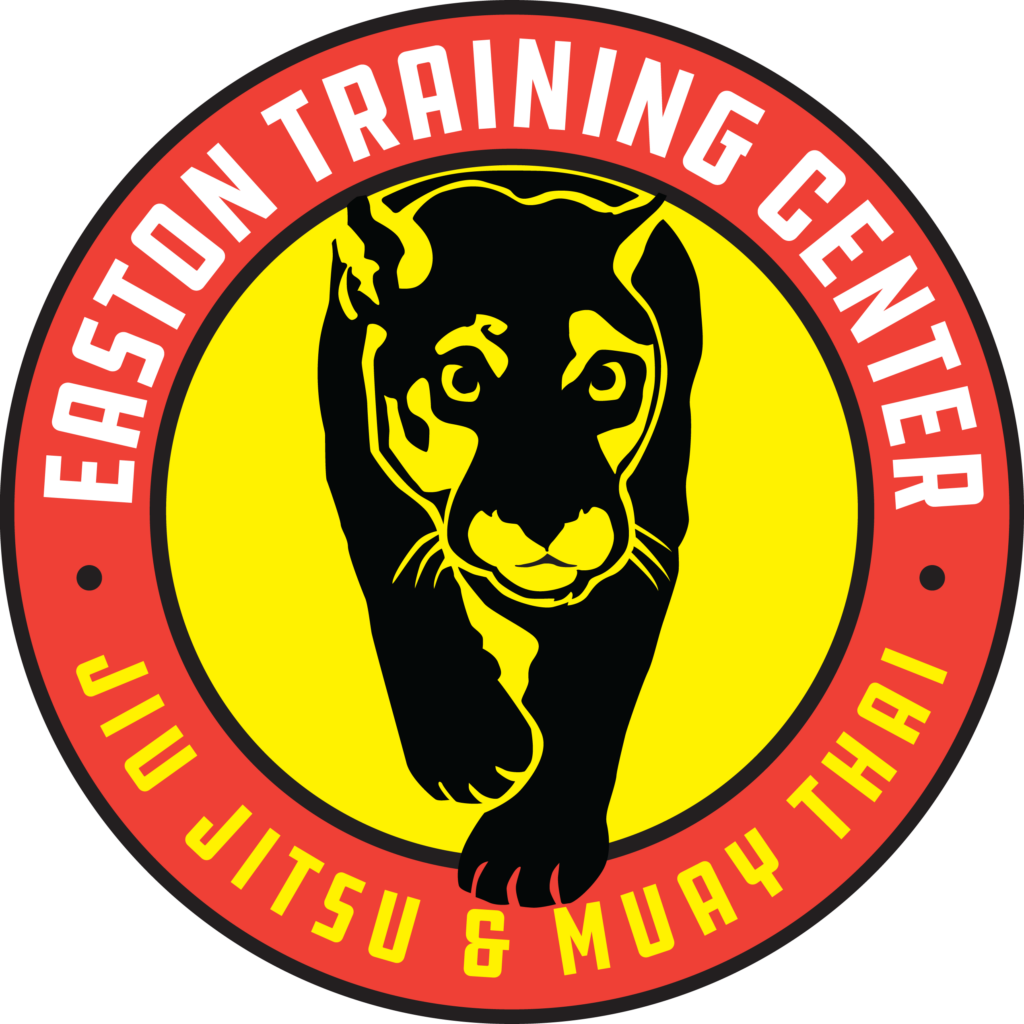Jiu-Jitsu is quite unique when it comes to fitness. It is considered a “mixed sport,” meaning it isn’t purely anaerobic or purely aerobic. It is far more difficult to train for Jiu-Jitsu than it is, say, for marathon running, soccer, or kickboxing. An individual could run long distances for long periods of time, do strength training, and they may still be gasping for air after a five-minute Jiu-Jitsu round. You have to hit your body from many different angles to be able to match the demands of our sport. Jiu-Jitsu requires strength, conditioning, flexibility, joint health, mental fortitude, and many other nuanced things all wrapped into one neat package. Check out these 5 fitness tips for Jiu-Jitsu to improve your game and overall experience.
1. ROUNDS AND CONDITIONING CIRCUITS
As the saying goes, nothing gets you in shape for doing Jiu-Jitsu like doing Jiu-Jitsu. Actual rounds with a training partner are highly important for Jiu-Jitsu. A typical white belt round is five minutes, where a purple belt round is typically seven minutes. Showing up to randori will be highly beneficial for your Jiu-Jitsu. You will get to practice with a variety of training partners who all have their own styles, which will adapt your body to the chess game that is Jiu-Jitsu.
In a round of rolling, you will experience variations in energy output. You may have a whole minute of just keeping your cool as you sit and wait underneath your opponent, and then you will escape your position at a second’s notice into 30 seconds of intense cardio and strength.
Because of this, interval training is highly important when getting in shape for Jiu-Jitsu. Coming up with a high-intensity interval training (HIIT) routine that imitates a Jiu-Jitsu match is best. Developing a routine filled with actual Jiu-Jitsu movements is the way to go in this case.
For a good Jiu-Jitsu HIIT routine, perform a six-minute round of non-stop action where you switch between 12 different Jiu-Jitsu movements, doing each for 30 seconds, and chaining them into each other. Take a 30-second to one-minute break, and then do this six-minute round at least five times. This will adapt your body to doing Jiu-Jitsu specific movements and swiftly switching between these movements. This will both get you in shape for the specific movements of BJJ and also improve your muscle memory for these movements.
Here are some examples of movements you can add to your interval training:
Sit outs, bear crawls, mock arm drags, hip escapes, mock shooting of triangles, back break falls to technical stand up, knee walks, bridges, sprawls, side to side knee on belly, kimura sit ups, mock double leg takedowns, mock guard breaks.
2. CROSS-TRAINING OTHER SPORTS
Cross-training in other grappling arts is another way to not only get in shape for the specific demands of Jiu-Jitsu, but to also make your Jiu-Jitsu better. Judo, Wrestling, and Sambo are a few. You’ll get more rounds in and learn new ways to attack and control your opponents. Usually, in Jiu-Jitsu, we don’t focus too much on our standup game. So getting in the intense stand-up training of Judo or wrestling will make your Jiu-Jitsu stronger alongside bolstering your fitness.
Other sports like rock climbing, snowboarding/skateboarding/surfing, slack-lining, ballet, free-running, and gymnastics also translate very well into Jiu-Jitsu. Slack-lining, for example, will work on your core strength and balance, making you extremely hard to throw and sweep. Rock climbing, on the other hand, is essentially Jiu-Jitsu on a wall. You contort your body in all sorts of strange ways and power through those shapes into new shapes – all while massively strengthening your hand grips.
3. STRENGTH TRAINING
Although Jiu-Jitsu is a sport where a weaker opponent should be able to beat a stronger opponent with better technique, if two opponents are evenly matched strength will be the thing that pushes one of them to the top. Along with getting stronger, strength training is vital for keeping yourself from getting injured. Strengthening your muscles, bones, and joints will keep you practicing Jiu-Jitsu for many years to come. Over time, our bodies become misaligned from the wear and tear of modern life and extreme sports, like Jiu-Jitsu. Strength training is incredibly good at re-aligning our bodies and strengthening the muscles and tendons involved in good posture (and good posture is vital to good health and good Jiu-Jitsu).
When it comes to a strength training routine, you want to have one that will work multiple planes of motion. It is also vital to practice your strength training from split stance, as almost nothing in Jiu-Jitsu is done from a forward facing stance. Working with resistance bands helps a lot with strengthening your muscles for rotational movements, which are bread and butter in Jiu-Jitsu. Your joints will be locked out a lot while fighting various submissions in Jiu-Jitsu, so increasing your strength in these circumstances will help you with the art.
Cross-training, which focuses on conditioning and explosive strength, is more effective for Jiu-Jitsu than powerlifting. Weightlifting styles can vary drastically, but it is important to choose a program that is built for athletes and is sport-specific. In the end, any strength training is better than no strength training, but make sure that you are not compromising your flexibility in the process.
4. MOVEMENT TRAINING, YOGA, AND FUNCTIONAL RANGE CONDITIONING (FRC)
As Coach JT Baerwolf says, “If you can’t control your own body, how can you control someone else’s?”
Flexibility and joint strength cannot be stressed enough for Jiu-Jitsu. Yoga, Functional Range Conditioning, and Movement Training can help immensely with this. When we think about getting stronger, we don’t often pay attention to our joints, but they are the powerhouse behind our muscular and skeletal system. Joint flexibility and joint strength will not only make your Jiu-Jitsu better, but it will prevent all sorts of injuries as well.
Yoga, as a discipline, helps you hold contortions and muscle extensions and contractions while breathing and remaining zen. The ability to be flexible makes your guard and submission attempts far more dangerous than an inflexible, stiff opponent’s. A higher range of motion is undeniably important in Jiu-Jitsu. Isometric strength and also breathing techniques are two big takeaways from Yoga.
Movement Training is a an interesting mode of training that Jiu-Jitsu practitioners have actually been using for quite some time. Moving your body in new ways helps with flexibility, strength, and joint health. Finding new movements will increase your movement IQ and keep your body from stiffening and panicking when certain new and strange movements are demanded of it. This method of training has many different schools of thought; from the guru Ido Portal, to animal flow, free running, and primal workouts.
There is even a style of Movement Training that was developed in Brazil 25 years ago by black belt Alvaro Romano that is adapted well to Jiu-Jitsu movements. It is called Ginastica Natural, and you can check out a demonstration here. The Gracie family have been huge fans of Ginastica Natural, and the likes of Rickson Gracie, Saulo, and Xande Ribeiro, Vitor Belfort, Georges St Pierre, Anderson Silva, Minotauro, and Roger Gracie have all been known to practice it.
For more information on Movement Training in general, check out this comprehensive breakdown video.
Functional Range Conditioning is another great way to adapt your body to the demands of Jiu-Jitsu. FRC focuses on building strength in your joints when they are extended to their max range and builds mobility in these joints. Where activities like yoga help expand your ability to passively achieve your full range of motion in your joints, FRC helps you control your joints when they are extended at full range. This is a life or death difference when you are in a fully extended arm bar or trapped in a deep kimura. Where most people’s joints will give up as they are not taught to have power when their joints are at end range, people who do FRC will have strength in these compromising positions.
FRC also helps calm your nervous system so that it becomes comfortable with end of range motions. Your nervous system is there to protect you, so please listen to it when you feel pain, but doing FRC, Movement Training, and Yoga will help it relax into these extended positions and learn how to power back from them.
For a full breakdown of FRC, please visit this link.
As a side note, it is important for Jiu-Jitsu that you practice squeezes with your arms and legs. How often do we practice squeezing? This can easily be done with a grappling dummy, medicine ball, yoga blocks, pillows, or any other creative option you can come up with. Hold triangles, rear naked chokes, and any other squeezing submission for extended amounts of time, in intervals, and see your squeezing strength increase substantially.
5. DON’T FORGET MASSAGE, MEDITATION, NUTRITION (and sleep)
Sure, you want to focus on your fitness, but these three supplements will make your fitness routine more advantageous. Without recovery, mental work, and the right food, your fitness routine could be detrimental or crumble from no base and support.
Nutrition is the backbone of any workout. It is the fuel that you burn while doing Jiu-Jitsu. Cutting out processed foods, sugars, and personal allergens is a great start to healthy eating habits. Eating whole foods, enough protein for recovery, and drinking lots of water are all great staples of a nutritious diet for Jiu-Jitsu. There are many different diets for athletes out there, but following these general rules are a great starting point. If you are curious about learning more about nutrition, there are many great nutritionists out there that would be happy to help you along.
Massage helps reduce the risk of injuries, increases your flexibility, reduces inflammation and speeds your recovery from injuries. We work out muscles a lot as athletes, and massage therapists are our best friends when it comes to helping those muscles recover so that we can grapple another day. It is also highly important to get good, restful sleep, as your body does a great amount of its recovery and learning during sleep.
And finally, meditation. Empty mind meditation is one of the best ways to help control anxiety, increase focus, and help your body calm down from stress. There are many other forms of meditation, like the Wim Hof method, that help regulate inflammation in your body and strengthen your resolve. Pranayama also helps with breath control, extends your lung capacity, keeps you calm under pressure, and even getting yourself ready for a tournament when you have the jitters.
In fitness, every piece of advice begins with “it depends.” Fitness plans of all kinds depend on a person’s goal, health history, fitness level, and schedule. While these fitness tips for Jiu-Jitsu are considered best practice by most, always remember that fitness requires personalization for optimal results.
Are you ready to start training?






